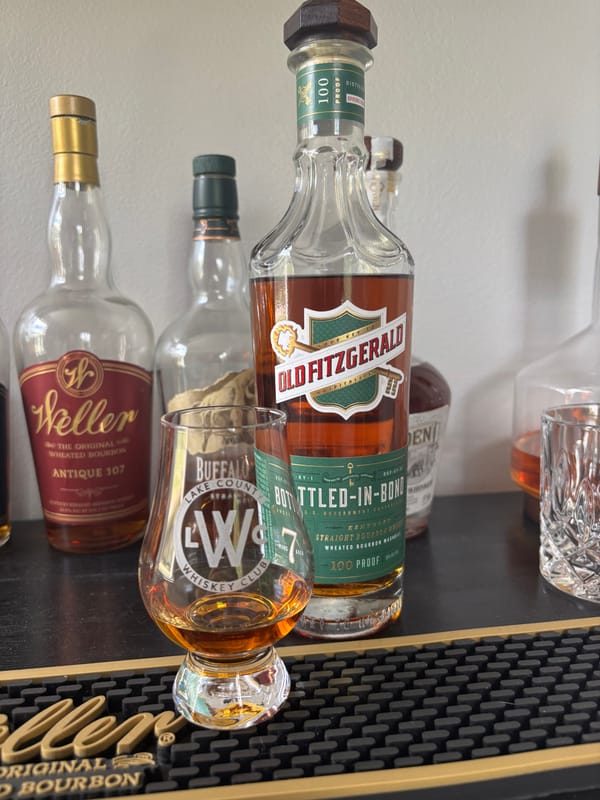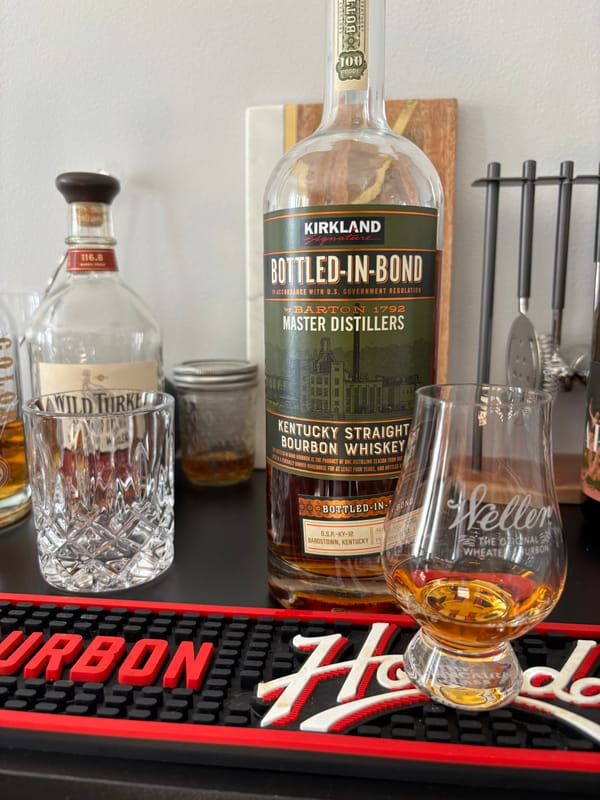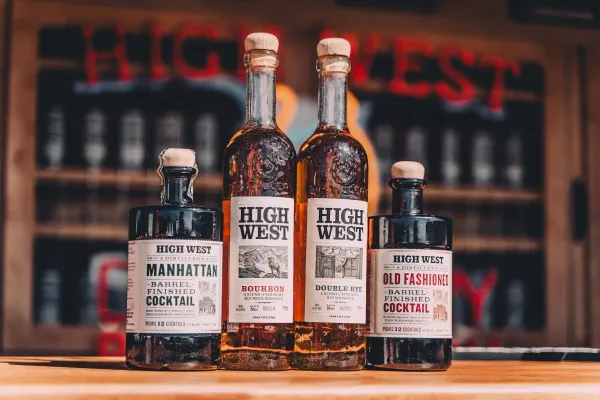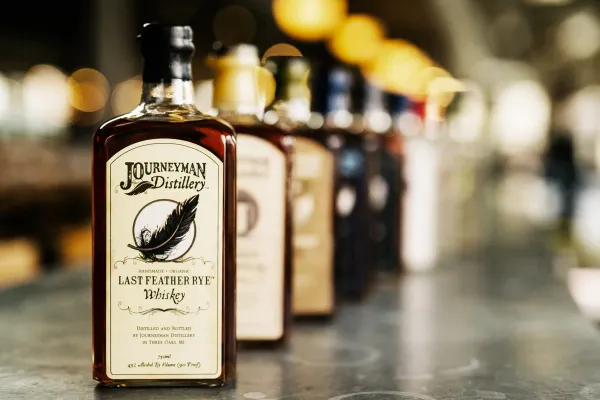Whiskey Grain Roasting Process Explained: The Roast You’ll Wish You’d Fired Sooner

Grain Roasting Process: The Whiskey Toast You Can’t Skip
Grain roasting isn’t just prep—it’s whiskey’s flavor roast, and if you don’t know its sear, you’re missing the toast that elevates every mash. It’s science, not seasoning. Here’s the solid truth about whiskey grain roasting, from grain to sip, and why it’s your 2025 must-know.
What Is Whiskey Grain Roasting?
U.S. law defines whiskey—51% grain minimum, 160 proof max distillation, 125 proof max barreling, 80 proof minimum bottling, and new charred oak aging. Roasting—optional heating of grains (often barley or corn) before mashing—enhances sugars and nutty flavors, no law mandates it. Every whiskey’s roast adds a spark, no standard enforces it.
How Grain Roasting Shapes Whiskey
Grains—corn, rye, or barley—are roasted at 200-300°F for minutes to hours, browning surfaces to boost caramelized sugars. Milled and cooked at 180-200°F, they ferment to 8-10% ABV over three to five days, distill to 160 proof max, age two-plus years—oak adds vanilla—roasting’s nutty depth carries through, and every grain glows.
What Grain Roasting Means for Your Sip
Roasted grains enrich Whiskey—bourbon’s corn turns toffee-like, rye’s spice gains nuttiness—oak’s caramel joins at 80 proof. Unroasted grains stay plain—every sip’s complexity—the law allows it—rests on this roast, and no additives replicate it.
Why Grain Roasting Matters in 2025
Grain roasting’s whiskey’s flavor sear—by 2025, grasping it could fire every pour’s warmth, from simple to sumptuous. It’s the truth in the toast—don’t miss its blaze. Want to taste roasting’s spark?
Check out NEAT: Whiskey Finder—it’ll help you track down bourbon and whiskey near you.





